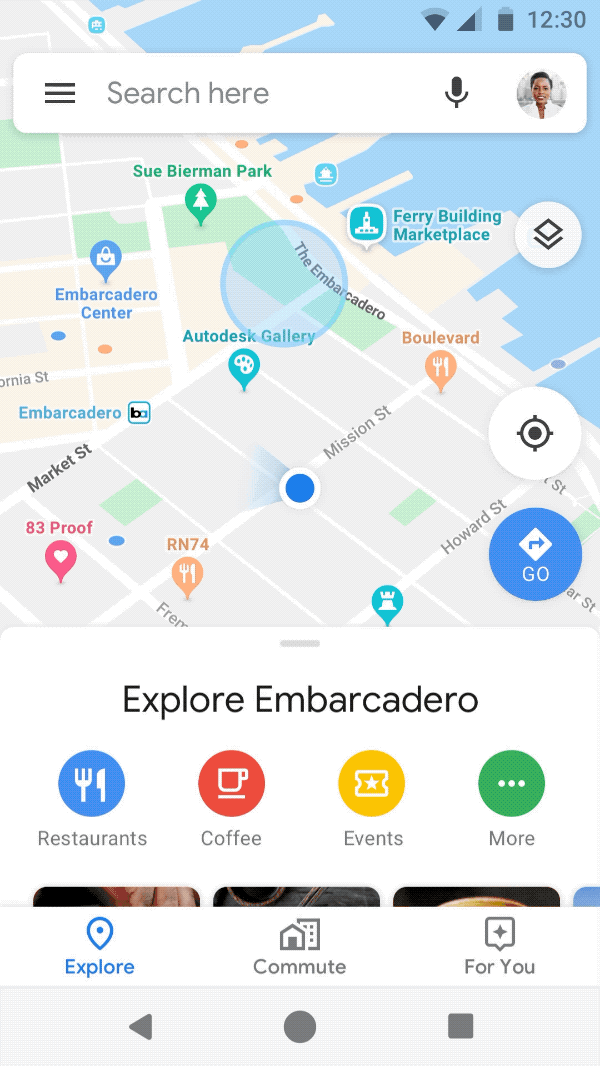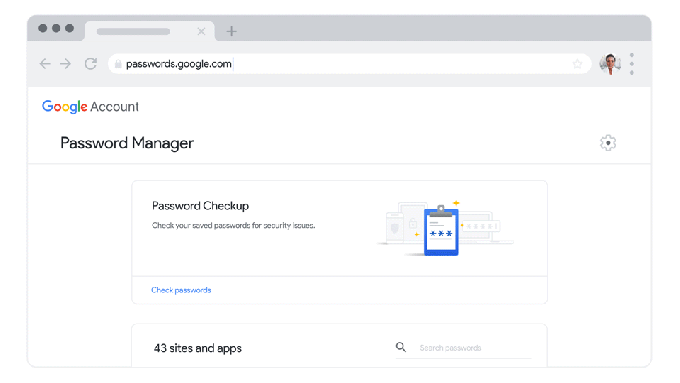Google has announced three new privacy tools that will allow its users to hide their personal activity while using Maps, YouTube, and Assistant. For instance, incognito mode in maps is now available for users.
October is Cybersecurity Awareness Month and these features were announced to mark the occasion. Users can now control their privacy in ways they couldn’t before while using Google’s services.
Here is an overview of everything that was announced.
Incognito Mode in Google Maps
Incognito mode in Google maps arrived a couple of weeks ago for testing but is now making its way to all users. It is quite similar to Incognito mode for Chrome and YouTube, turning the feature on means Maps won’t be able to save the locations and the directions you look up, or to associate them with your profile.
You’ll simply have to tap on your profile picture and switch modes in order to activate it. Although you might not be able to use it right now because Google is scheduled to roll out the feature to Android users this month. It’s also “coming soon” to iOS, but there’s no concrete release date for Apple’s mobile platform yet.
Google introduced incognito mode first in Chrome in 2008, then added it to YouTube earlier this year. Now that Incognito mode is available in Google Maps, it will allow people to utilize the app without their activity being saved in their Google account.

Auto-delete YouTube activity
Google promised Incognito for Maps at I/O 2019 in May, where it also announced the availability of filters that auto-delete location history, as well as web and app activity. At the moment, auto-delete is also coming to YouTube History.
You will be able to set a schedule for your history purge, say, every 3 months, 18 months or every year. After that, YouTube will automatically wipe it clean for you.
Managing privacy in Google Assistant
For those who are more concerned about what Assistant hears, though, you can put the voice AI’s new commands to good use. You will soon be able to issue voice commands to clear Assistant’s history.
To be able to delete their Assistant activity, users will do so by simply saying commands such as “Hey Google, delete the last thing I said to you” or “Hey Google, delete everything I said to you last week.”
It’ll be available in English next week, and it’s rolling out in all other languages next month.

When it comes to more security-related improvements, Google said that it would also introduce to its password manager
a new feature called Password Checkup that will tell you if any of your passwords are weak, whether you’ve reused them across multiple sites or if Google has discovered they’ve been compromised. This is currently available at passwords.google.com but is being added to Chrome later this year.

